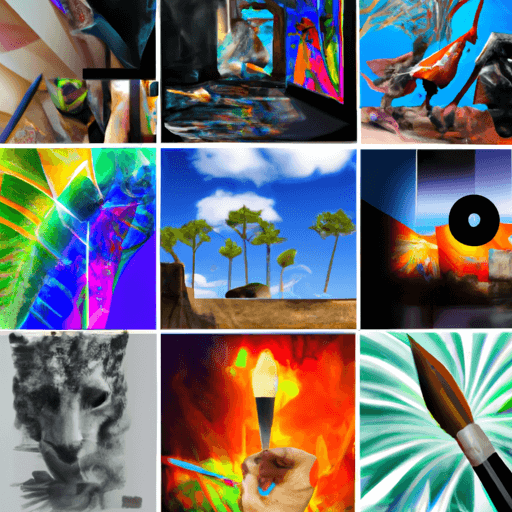Digital Art: An Analysis, Historical Overview and Its Impact on our Modern Culture
Digital art, a product of the advent of modern technology, has undeniably impacted our culture significantly, transforming traditional art forms, and shaping new career paths and industry trends. This article evaluates this transformation and sheds light on the roles played by various digital platforms and tools.
The Evolution of Digital Art
The advent of computers in the late 20th century evolved into more than simply calculating tools or devices for word processing. Artists began exploring the potentials that this technological device held, and gradually, the art world observed an innovative transformation from traditional art forms such as painting and sculpturing to using digital technology to create beautiful pieces of art.
The Impact of Digital Platforms and Tools on Art
Digital platforms and tools like Adobe Photoshop, Illustrator, and several others have played pivotal roles in the development of digital art. These platforms have provided artists infinitely broad creative landscapes, allowing them to transcend geographic, physical, and even temporal boundaries to showcase their art to a global audience.
The Influence of Digital Art on Artists, their Audience and the Perceived Value of Art
With digital art, artists are now able to experiment with the versatility that digital mediums offer. The audience, on the other hand, benefits from the ubiquity and accessibility digital art provides. The perceived value of art has seen an evolution too; digital art challenges the traditional notion of the inherent virtue of the skill in the physical creation process, shifting focus towards creativity and innovation.
The Permeation of Digital Art in Various Sectors- Advertising, Film, and Entertainment
Digital art's influence extends beyond art and galleries. It has permeated sectors like advertising, film, and entertainment, entirely transforming processes and outcomes. The creativity and versatility of digital art have found use in creating compelling advertisements, visually engaging films and providing immersive experiences in the entertainment sector.
New Careers and Industry Trends
Digital art has paved the way for numerous new careers like digital illustrators, concept artists, digital animators etc., forming a significant chunk of today's creative industries. The trends keep evolving making the digital art field one of the most dynamic.
Advantages and Challenges of Digital Art
The advantages of digital art are numerous. It encourages boundless artistic creativity, provides global accessibility, and allows rapid and easy modifications. However, concerns over piracy, copyright issues and a lack of acceptance from traditional art institutions remain challenges in the digital art world.
In conclusion, the evolution and influence of digital art is an ongoing process, having endless possibilities and a profound impact in shaping society's future cultural, economical and perceptual landscapes.




















Comments
Leave a Comment